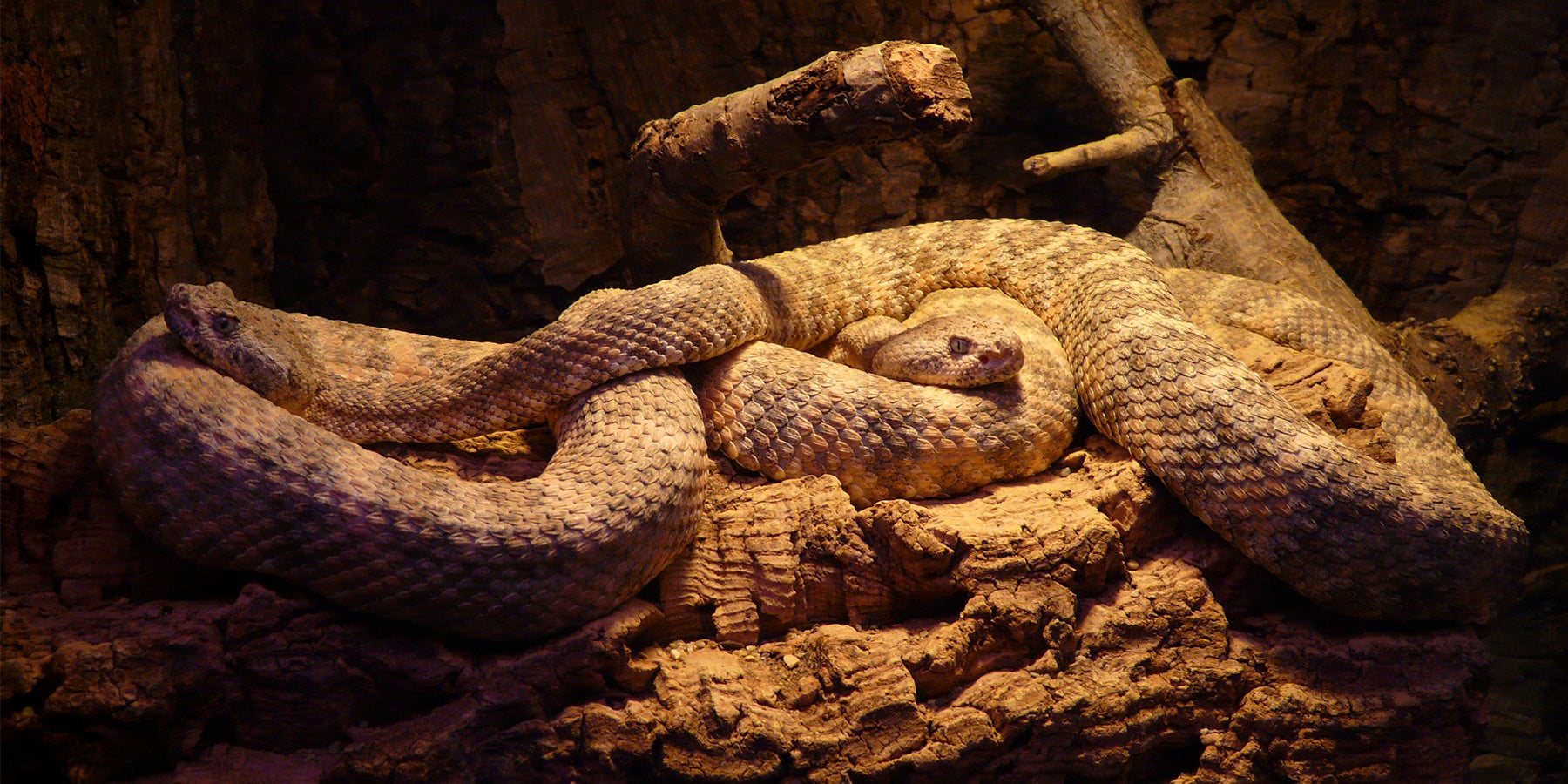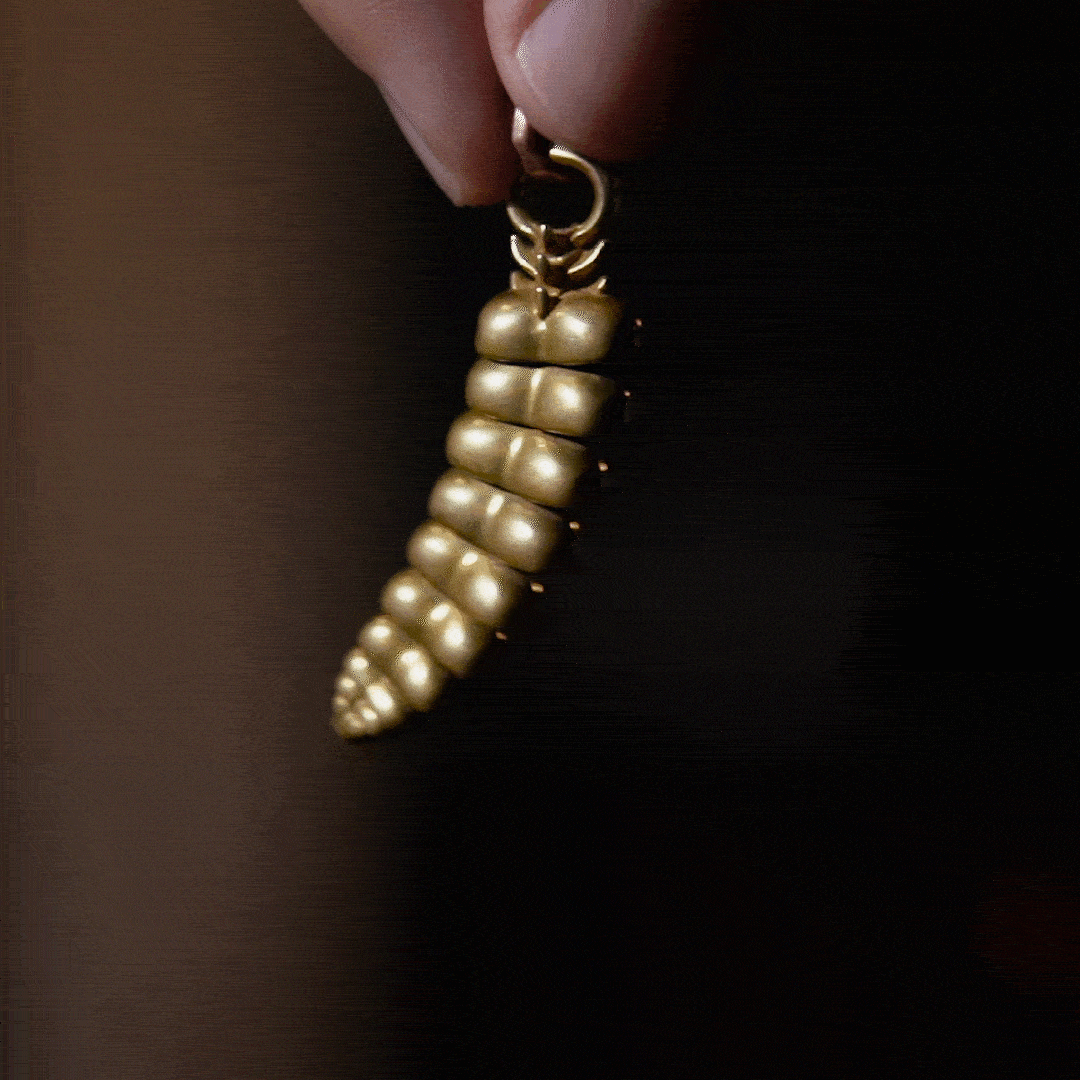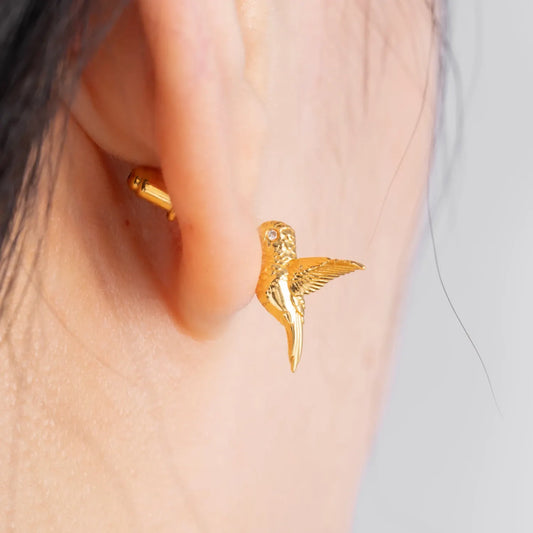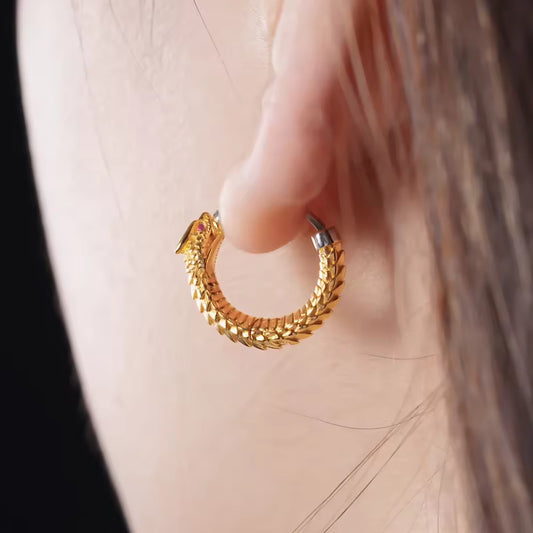The rattlesnake is a venomous pit viper with a distinctive rattle for a tail that produces noise when shaken. But there is much more to this spunky serpent than is just skin deep. For instance, where do rattlesnakes live?

Where do rattlesnakes live?
The rattlesnake lives in many different kinds of places and environments depending on the species. Some make their homes in deserts, others in swamps and so on. These habitats are all located somewhere in the Americas. This includes the United States, Mexico, South America, Central America, and Canada. The largest concatenation of this beautiful snake appears in the southwest region of the U.S.
Do rattlesnakes live in all 50 U.S. states?
All but four U.S states have rattlesnakes. These rattlesnake free zones include Alaska and Hawaii as they aren’t connected to the mainland, as well as Rhode Island and Maine on the east coast. Maine used to have a species called a Timber Rattlesnake but they have become extinct in that location.

Which state has the most rattlesnakes?
The state that has the most rattlesnakes in the U.S is Arizona. It’s a hot and dry dessert area. They also have the most species of rattler, besides having just the largest concentration. The long list includes
- Desert massasauga
- Mojave desert rattlesnake
- Sidewinder
- Grand Canyon
- Arizona black
- Great Basin
- Tiger
- Banded rock
- Western diamondback
- Twin-spotted
- Southwestern speckled
- Arizona ridge-nosed
- Northern black-tailed
- Prairie rattlesnake
Where do snakes sleep at night?
For the most part, any snake is going to want to sleep somewhere it feels hidden and safe so it isn’t attacked in its sleep by potential predators. They like to curl up under rocks, in crevices, in and under logs, and even under various debris left behind by people. Even though sleeping hidden is the norm for these creatures there are always the odd-balls that will sleep in the open, on a warm rock or something like that. It’s hard to tell when you see a rattler if it’s asleep or not since snakes don’t have eyelids and sleep with their eyes wide open.

What time of the year are rattlesnakes most aggressive?
No snake is “aggressive”, they only ever attack when provoked or startled. This defensiveness can sometimes be more prominent when the snake is shedding it’s skin. Shedding makes the creature practically blind for a while and therefore it’s more scared and desperate than usual. But shedding doesn’t happen any certain time of year. Basically if you see a rattlesnake just leave it alone and it will leave you alone.
How far can a rattlesnake attack?
A rattlesnake has a strike range of 2/3 their total body length. For example a 3ft long snake can strike up to 2ft away. They do this by coiling their body and tightening all their muscles in preparation. Then, when the time is right, they propel themselves forward at such a speed that their bodies jump off the ground and fling themselves forward like a spring. But they aren’t scary creatures even with this ability. Just keep your distance if you see one and you’ll be just fine.
Can rattlesnakes kill you?
It’s very rare for a rattlesnake bite to end in death. The chance is less than 1 in 600. You’ll likely experience swelling, pain, and necrosis (death of the tissue) around the bite site. It’s unpleasant, but unless you’re very young, very old, don’t seek treatment, or are allergic to the venom (rare) then you likely won’t die. But ALWAYS seek medical attention in the event of a bite.
It’s a beautiful and often misunderstood creature that deserves our respect and protection. If you love this animal like we do then show your support of it with this unique rattlesnake tail pendent. It’s made of a series of individual but interlocking links that give it a range of motion that mirrors the real life version. When you shake it, it even produces a noise. Get yours today and show off this one-of-a-kind piece of jewelry to your friends and loved ones. Look great while spreading awareness!




















